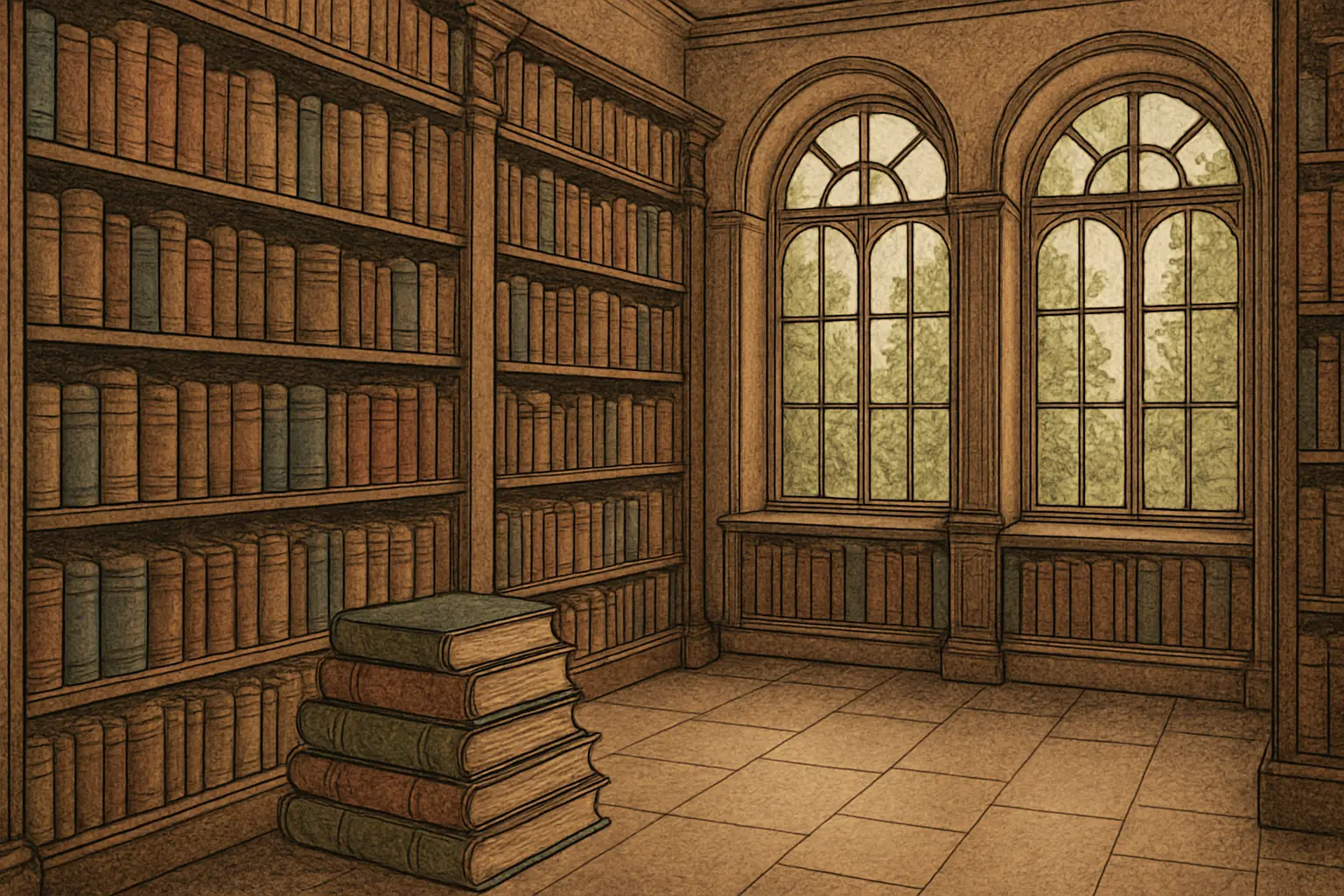Table of Contents
ToggleIntroduction to the Concept
The curse of a vampire refers to the supernatural affliction or transformation that results in a human being transformed into a vampire. Or, in other words, not being able to become human again. This curse is often depicted as a punishment or consequence, inflicted upon individuals through various means such as being bitten by another vampire, encountering a supernatural force, or being the victim of a curse or hex.
If you’re interested in reading a book featuring vampires, I have a couple of different stories from the Galatea app to suggest to you – I loved reading both of them.
- Kidnapped By My Mate by Annie Whipple features a war between werewolves and vampires that is as old as time, as well as several vampire families who are integral in the eventual saving of the world.
- The Los Princess by Holly Prange begins with a witch girl being sold to a harem of blood-sucking vampires as a blood-bag and slave. She later escapes and wages war upon them.
Why is It Called a “Curse” After All?
The term “curse” in the context of the vampire mythos refers to the idea that becoming a vampire is not a desirable or voluntary transformation. Instead, it’s a punishment or affliction. This “curse” is typically seen as a form of eternal damnation.
The punishment can come from committing a heinous act, being the victim of a vampire’s bite, or encountering supernatural forces beyond one’s control.
The Tragedy of Being a Vampire
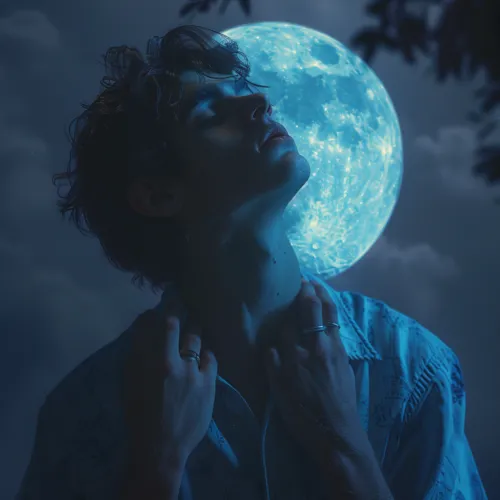 The designation of vampirism as a curse underscores the negative and often tragic nature of the transformation. It implies that becoming a vampire brings about suffering, loss of humanity, and perpetual torment. The very concept of a curse implies a sense of inevitability and fate. It suggests that once someone is afflicted, they are doomed to endure the consequences for eternity.
The designation of vampirism as a curse underscores the negative and often tragic nature of the transformation. It implies that becoming a vampire brings about suffering, loss of humanity, and perpetual torment. The very concept of a curse implies a sense of inevitability and fate. It suggests that once someone is afflicted, they are doomed to endure the consequences for eternity.
The term “curse” serves to emphasize the moral and ethical dilemmas inherent in vampire mythology. It raises questions about the nature of punishment, redemption, and the eternal struggle between good and evil. By framing vampirism as a curse, storytellers and mythmakers explore themes of sin, guilt, and the consequences of one’s actions, adding depth and complexity to the vampire archetype.
Are Vampires Real?
Vampires, as traditionally depicted in folklore, mythology, and popular culture, do not quite exist in the sense of being actual beings in the physical world. They have, however, been part of human storytelling for centuries.
While vampires themselves are not real, the legends and folklore surrounding them have had a significant impact on human culture and society. Stories of vampires have been used to explore themes of mortality, immortality, and the struggle between good and evil. The idea of vampires has inspired countless works of literature, art, film, and other forms of creative expression.
Popular Legends About Vampires
The Legend of Elizabeth Báthory
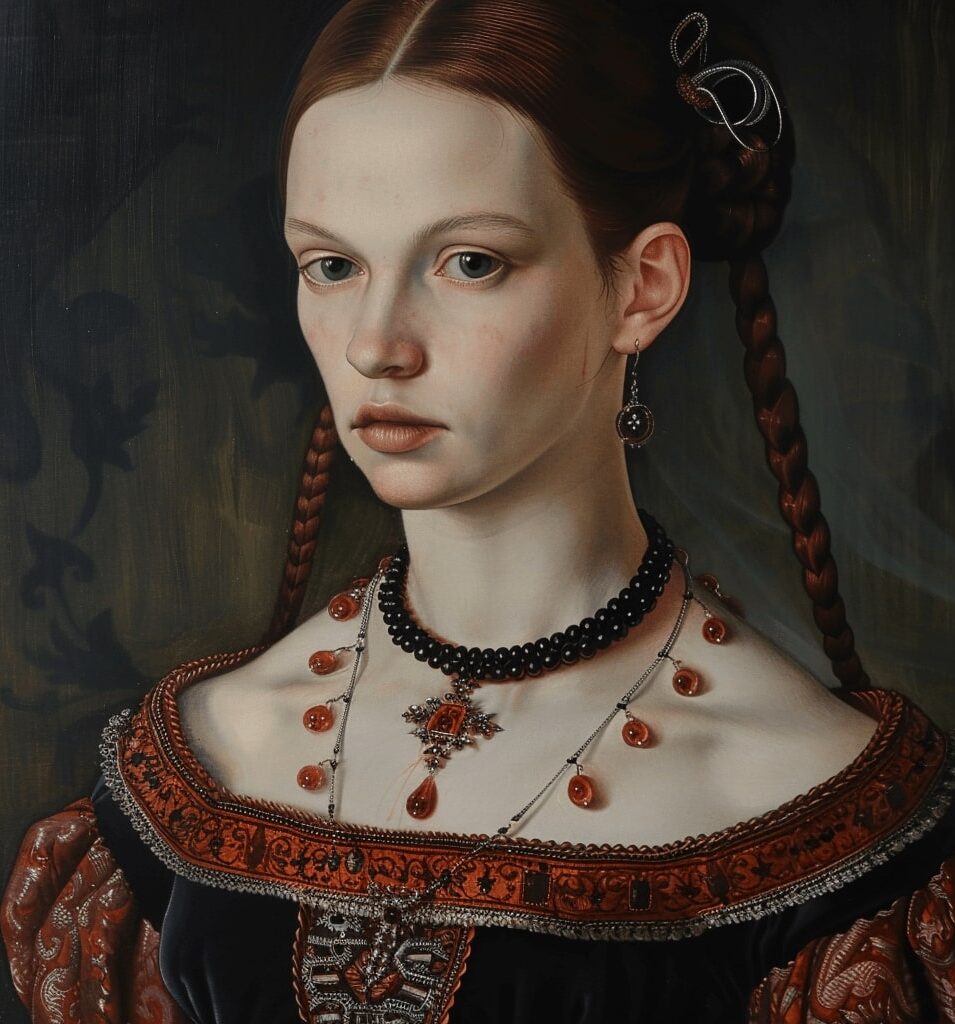 One of the most popular and mysterious legends about vampires is the legend of Elizabeth Báthory, also known as the “Blood Countess.” This legend originated in Hungary during the late 16th and early 17th centuries.
One of the most popular and mysterious legends about vampires is the legend of Elizabeth Báthory, also known as the “Blood Countess.” This legend originated in Hungary during the late 16th and early 17th centuries.
Imagine this picture: a wealthy countess is living in a grand castle, but she is hiding a dark secret. Legend has it that Elizabeth Báthory, a noblewoman from Hungary in the 16th century, was obsessed with staying young and beautiful forever. To achieve this, she supposedly bathed in the blood of young women, believing it would restore her youth. As the legend goes, her thirst for blood knew no bounds, and she became one of history’s most notorious female vampires.
The details of her alleged crimes are gruesome and include acts of extreme violence, such as torture, mutilation, and cannibalism. She was accused of committing these acts with the help of accomplices, including servants and local officials.
The legend of Elizabeth Báthory has become shrouded in mystery and intrigue over the centuries, with numerous tales and myths surrounding her alleged crimes. Some accounts claim that she was eventually caught and imprisoned, while others suggest that she was never brought to justice and continued her gruesome activities until her death.
The legend of Elizabeth Báthory continues to fascinate and captivate people to this day. Her story has inspired numerous works of literature, film, and art.
The Legend of a Dhampir
In Eastern European folklore, there’s a legend about a special type of vampire hunter called a dhampir.
Born from the union of a vampire and a human, dhampirs inherit the strength and abilities of both species. They’re like the ultimate supernatural warriors, wielding their unique powers to protect humanity from the dark forces of the night. With their mysterious heritage and supernatural skills, dhampirs roam the shadows, hunting vampires and keeping the world safe from the undead.
The Vampire of New Orleans
Deep in the heart of the French Quarter, there’s a legend whispered among the locals about a vampire who walks among the living. Some say he’s a charming gentleman who roams over the streets at night, preying on unsuspecting victims. Others claim he’s a cursed soul, doomed to wander the streets for eternity. But one thing’s for sure: those who cross his path never return the same.
With his mesmerizing gaze and supernatural allure, the Vampire of New Orleans is a legend that continues to haunt the city to this day.
Eastern European Vampire Variations
The legends and folklore surrounding vampires in Eastern Europe have had a significant influence on vampire literature and popular culture.
Stories of vampires, revenants, and other undead creatures have been part of Slavic and Balkan folklore for centuries, with beliefs in vampirism persisting well into the modern era. These folkloric traditions have provided inspiration for countless vampire tales in literature, film, and other media.
Dracula
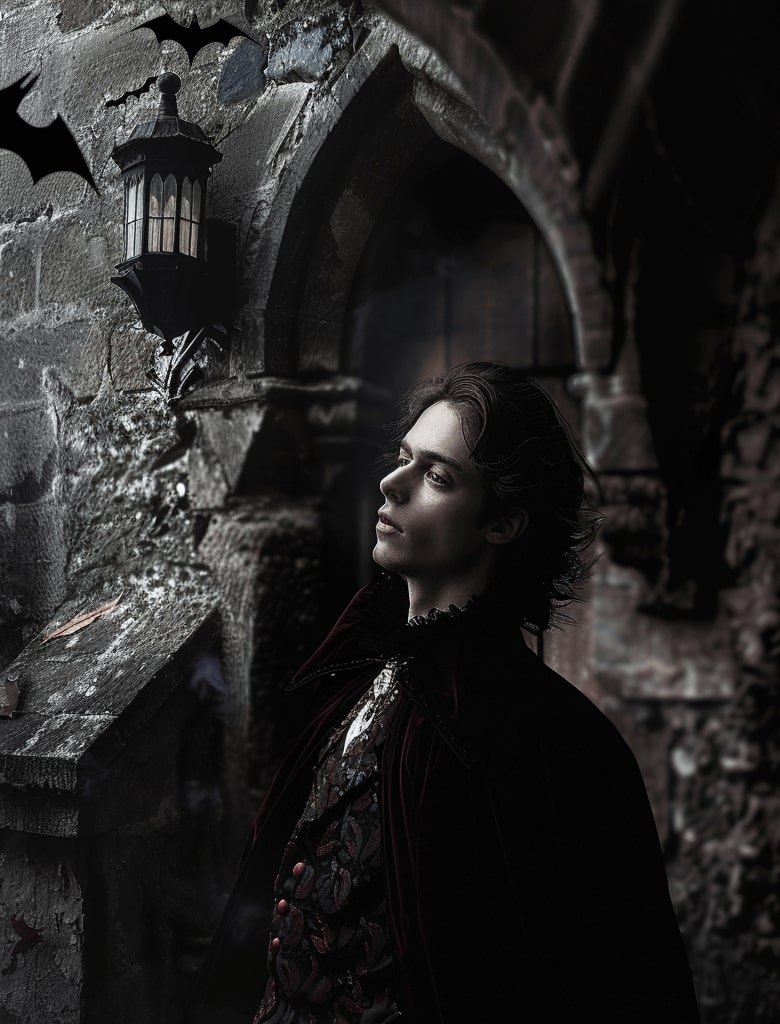
Vlad the Impaler, you have probably heard of him): Perhaps the most famous vampire legend from Eastern Europe is that of Dracula, inspired by the real-life figure Vlad III, also known as Vlad the Impaler. Vlad III was a 15th-century ruler of Wallachia, a region in present-day Romania. He was notorious for his brutal methods of punishing his enemies, including impalement. Over time, his reputation as a cruel and ruthless leader inspired the creation of the vampire character Dracula in Bram Stoker’s famous novel.
Strigoi
Then there is Strigoi, the Romanian vampire. In Romanian folklore, the strigoi are vampiric beings that rise from the grave to terrorize the living. They are often depicted as reanimated corpses that prey on their own families or communities. Strigoi are said to have various powers, including shape-shifting, invisibility, and the ability to drain the life force from their victims.
Nosferatu
Another Romanian legend, Nosferatu. The term is believed to have originated from Eastern European folklore, particularly Romanian and Slavic legends. It is often used as another name for vampires and is associated with creatures that feed on blood. The most famous portrayal of Nosferatu is in F.W. Murnau’s 1922 silent film “Nosferatu: A Symphony of Horror,” which is based on Bram Stoker’s novel “Dracula.”
Upyr
Upyr, a Ukrainian vampire. In Ukrainian folklore, the upyr is a type of vampire-like creature that possesses supernatural powers and feeds on the blood of the living. Upyrs are believed to be the spirits of deceased individuals who return to the mortal realm to prey on the living. They are often depicted as pale, emaciated figures with fangs and glowing eyes.
Vrykolakas
The vrykolakas is a vampire-like creature found in Greek folklore, particularly in the islands of Crete and Cyprus. Similar to other vampire legends, the vrykolakas is said to be a reanimated corpse that preys on the living. It is believed that individuals who lead sinful lives or die under certain circumstances, such as suicide or without proper burial rites, may return as vrykolakas.
Some More Legends From Around the World
1725, Serbia → Petar Blagojevich, a villager who was believed to have become a vampire after his death. Blagojevich reportedly returned from the grave to attack his son and other villagers before being staked through the heart and decapitated.
1672, England → a woman named Anne Camber, who was believed to have returned from the dead as a vampire to torment her husband and other villagers.
1875, England → a vampire that terrorized the Cranswell family at Croglin Grange. The vampire was said to have been disturbed while trying to drink the blood of one of the family members and was subsequently hunted down.
How to become a vampire
There are some common themes and methods associated with becoming a vampire in legends.
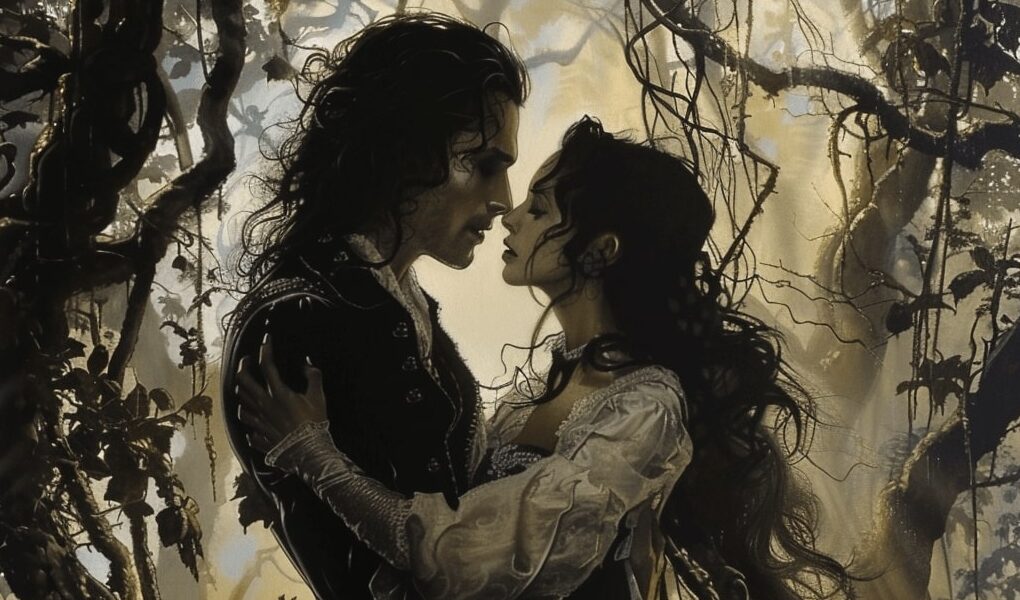
Being Bitten by a Vampire
The most common method in vampire folklore is for a person to be bitten by a vampire. According to legend, the vampire’s bite transmits a venom or curse that transforms the victim into a vampire. Once bitten, the victim may undergo a period of illness or unconsciousness before awakening as a vampire.
Drinking a Vampire’s Blood
In some legends, drinking the blood of a vampire is believed to give vampiric qualities to the person consuming it. This method is often portrayed as a voluntary act. So the individuals seek out vampires to get their blood.
Circumstantial
This one is slightly confusing, but dying under certain circumstances is another way of becoming a vampire. So, violent death, or burial without proper rites, are said to be at risk of returning as vampires.
Dark Rituals or Pacts
Not your everyday routine, more like invoking demonic entities, making deals with dark powers or participating in occult ceremonies. Well, at least some legends suggest that this works.
Curses or Hexes
A variation of the previous method, but the ritual is performed by someone else. In some vampire myths, individuals may be cursed or hexed by witches, sorcerers, or other supernatural beings, leading to their transformation into vampires. These curses are often depicted as punishment for wrongdoing or as acts of revenge.
Visit GALATEA to access our stories about vampires and more!




